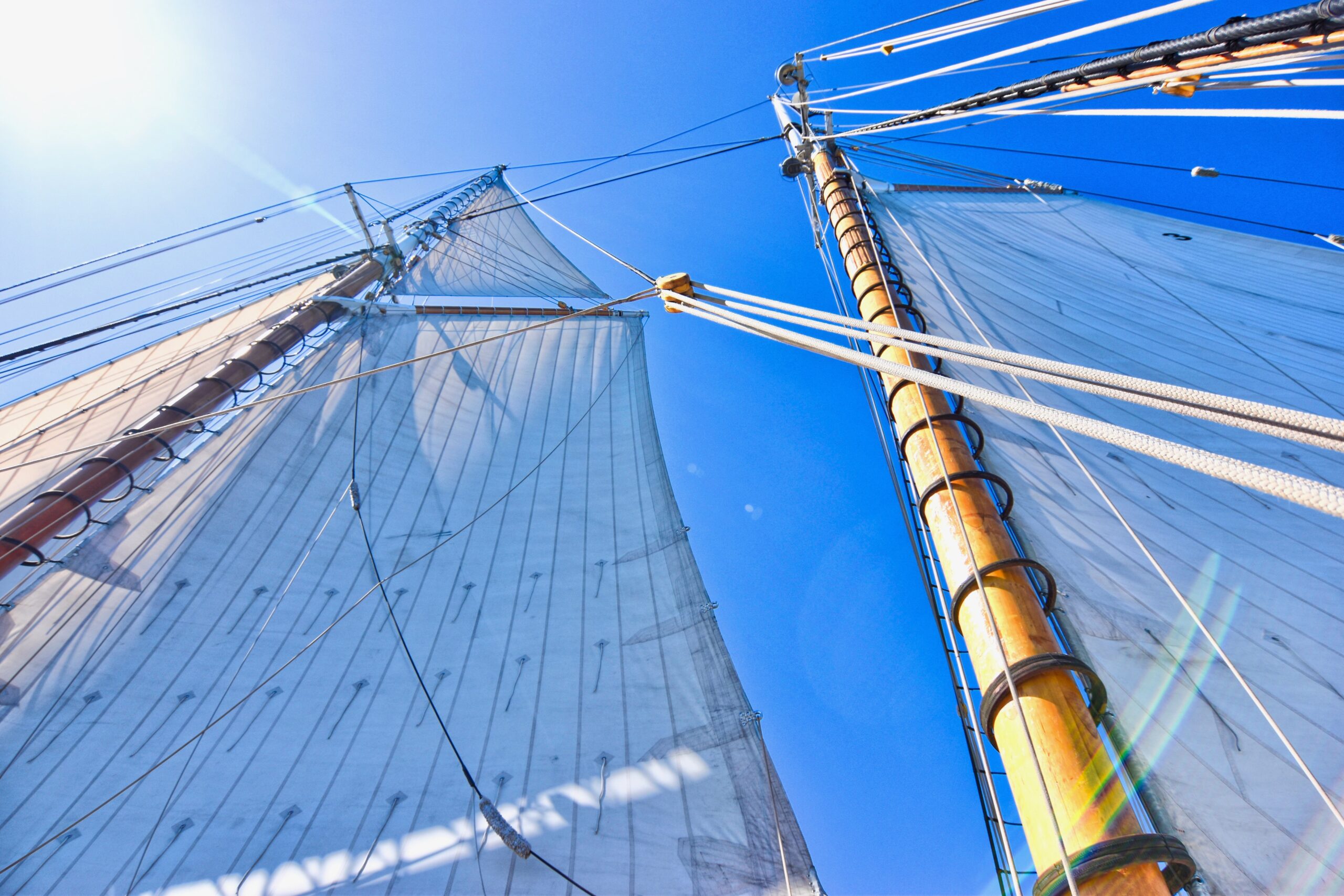Pirates
When most of us think of pirates our thoughts go to the likes of Black Beard, Black Bart and Thomas Tew names which come to us from a time when piracy on the sea was at a peak. The blood thirsty adventures of these characters have been immortalised in numerous books and movies over the years most recently in the Pirates of the Caribbean franchise.
Despite their gruesome reputations as thieves and murderers we maintain a fascination that is enduring and which perhaps this is a reflection of the convict heritage of the first European settlers to Australia.
Pirating far precedes the late 17th and early 18th centuries and the now commonly recognised pirate flag the Jolly Rodger. As early as 495 BC Dionysius the Phocaean was the scourge of Carthaginian merchants. Gan Ning came to prominence as a marauder and cold- blooded murderer while serving the Chinese warlord Sun Quan in the late Eastern Han dynasty.
As the centuries rolled by so the list of men willing to risk all in the pursuit of plunder and riches continued to expand with a growing list of nationalities becoming involved. As with modern pirates, proximity to the oceans’ trade routes and a desire for ill gotten gains was the key criteria.
Names familiar to us now as explorers and navigators joined the growing list of those willing to turn their hands to a piracy as a means of filling their purses. William Dampier who was the first Englishman to map parts of the Australian coast and Sir Francis Drake were also at least part-time pirates before finding fame in more legitimate pursuits.
In this list I must include Red Legs Greaves who raided Margarita Island and is said to have gained his name for the ruddy complexion of his legs. A trait alleged to be common among those of Scottish and Irish who commonly wore kilts.
Nor was pirating the sole preserve of men. The list of women pirates stretches back as far as the history of seafaring and includes some of noble birth. Lady Elizabeth Killigrew led an attack on the ship Marie of San Sebastian while it was sheltering in Falmouth Harbour.
While some women pirates came to the game by way of marriage there were many who stood firmly on their own sea legs and who were feared in equal proportion to their male counterparts. Jacquotte Delahaye aka Back from the Dead Red was a French Haitian pirate. Her name coming from her flaming red hair and her faking her own death to escape justice. After years masquerading as a man she made a return to piracy in the 1660s.
Australia was not without notorious pirates of our own. Charlotte Badger is credited by some as being the first Australian female pirate. After being taken on as crew due to a shortage of male crew members, she in company with another female convict Catherine Hagerty participated in a take over of the ship Venus while docked in Tasmania in 1806. After being put ashore in The Bay of Plenty (NZ) Hagerty subsequently died but Badger disappeared never to be seen again.
Perhaps the most infamous Australian pirate was Black Jack Anderson. Anderson was said to have been particularly violent and cruel but as with many pirates had charisma and was able to attract a small gang of followers.
He was active around Esperance WA in the 1800s robbing passing whalers and other shipping with the threat of death if money was not handed over. He was also accused of kidnapping local aboriginal women to serve his desires and those of his small gang.
Whether you call them pirates, buccaneers or just plain thieves and murders it seems that these scourges of the sea have been the centre piece of swashbuckling stories and legend since humankind took to the water.
As always you can visit Ballina Naval and Maritime Museum to learn more of pirates and their ways.





